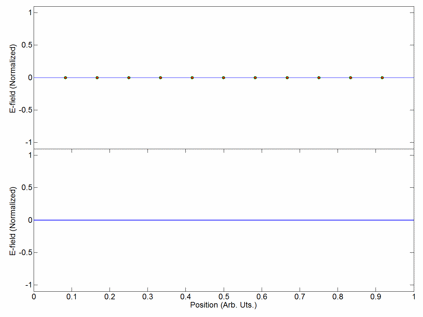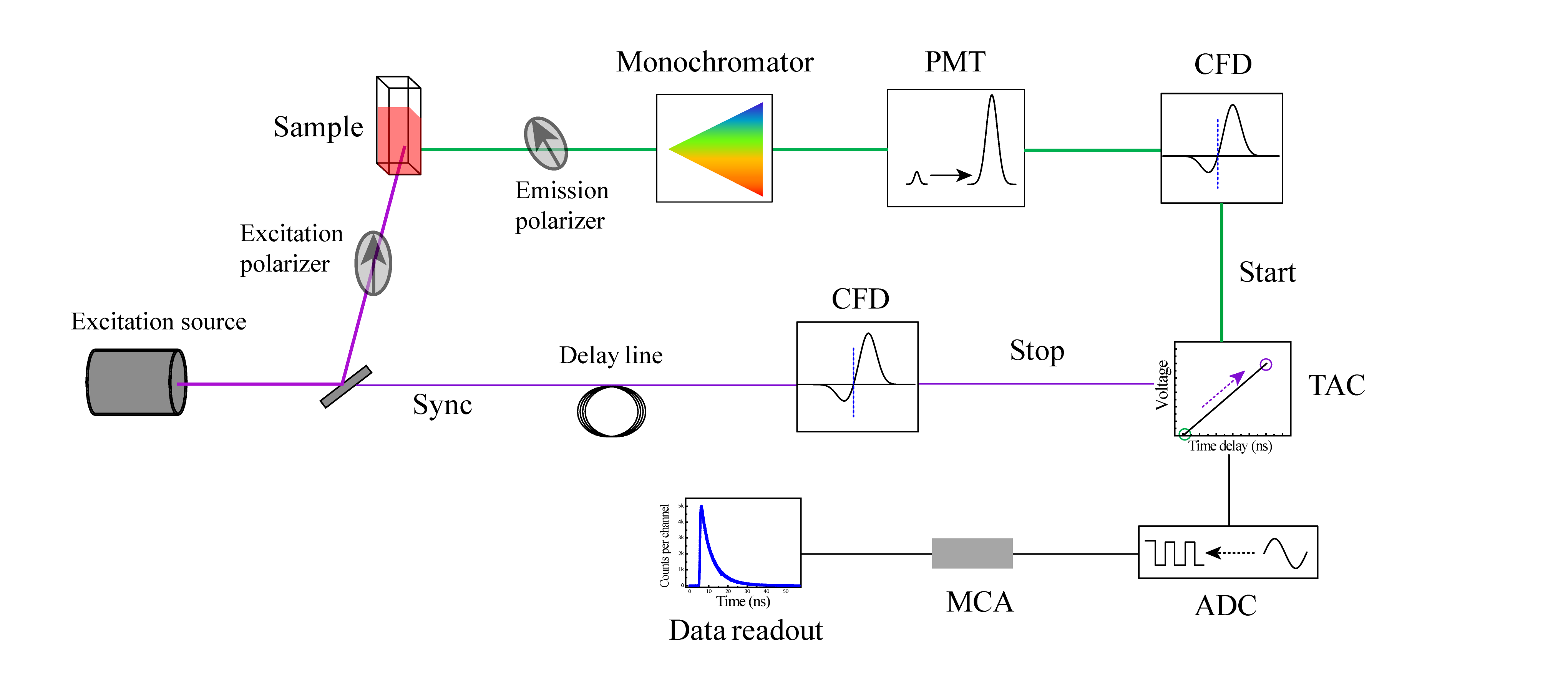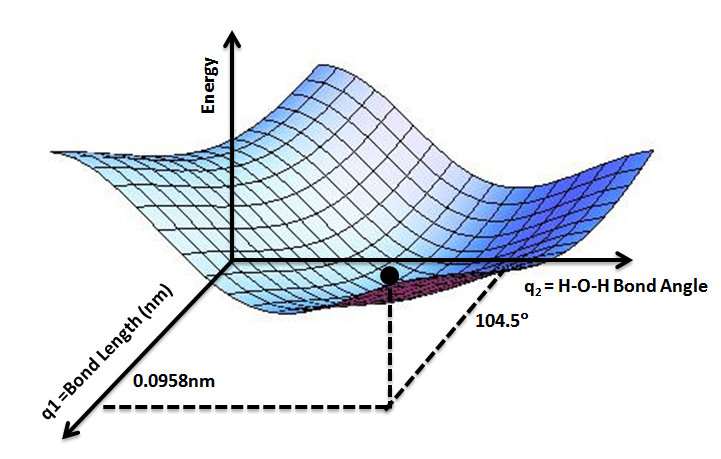|
Intrinsic DNA Fluorescence
Intrinsic DNA fluorescence is the fluorescence emitted directly by DNA when it absorbs ultraviolet (UV) radiation. It contrasts to that stemming from fluorescent tag, fluorescent labels that are either simply bound to DNA or covalently attached to it, widely used in biological applications; such labels may be chemically modified, not naturally occurring, nucleobases. The intrinsic DNA fluorescence was discovered in the 1960s by studying nucleic acids in low temperature glasses. Since the beginning of the 21st century, the much weaker emission of nucleic acids in fluid solutions is being studied at room temperature by means sophisticated spectroscopic techniques, using as UV source femtosecond laser pulses, and following the evolution of the emitted light from femtoseconds to nanoseconds. The development of specific experimental protocols has been crucial for obtaining reliable results. Fluorescence studies combined to theoretical computations and transient absorption measurements ... [...More Info...] [...Related Items...] OR: [Wikipedia] [Google] [Baidu] |
Fluorescence
Fluorescence is one of two kinds of photoluminescence, the emission of light by a substance that has absorbed light or other electromagnetic radiation. When exposed to ultraviolet radiation, many substances will glow (fluoresce) with colored visible light. The color of the light emitted depends on the chemical composition of the substance. Fluorescent materials generally cease to glow nearly immediately when the radiation source stops. This distinguishes them from the other type of light emission, phosphorescence. Phosphorescent materials continue to emit light for some time after the radiation stops. This difference in duration is a result of quantum spin effects. Fluorescence occurs when a photon from incoming radiation is absorbed by a molecule, exciting it to a higher energy level, followed by the emission of light as the molecule returns to a lower energy state. The emitted light may have a longer wavelength and, therefore, a lower photon energy than the absorbed radi ... [...More Info...] [...Related Items...] OR: [Wikipedia] [Google] [Baidu] |
Ultraviolet
Ultraviolet radiation, also known as simply UV, is electromagnetic radiation of wavelengths of 10â400 nanometers, shorter than that of visible light, but longer than X-rays. UV radiation is present in sunlight and constitutes about 10% of the total electromagnetic radiation output from the Sun. It is also produced by electric arcs, Cherenkov radiation, and specialized lights, such as mercury-vapor lamps, tanning lamps, and black lights. The photons of ultraviolet have greater energy than those of visible light, from about 3.1 to 12 electron volts, around the minimum energy required to ionize atoms. Although long-wavelength ultraviolet is not considered an ionizing radiation because its photons lack sufficient energy, it can induce chemical reactions and cause many substances to glow or fluoresce. Many practical applications, including chemical and biological effects, are derived from the way that UV radiation can interact with organic molecules. The ... [...More Info...] [...Related Items...] OR: [Wikipedia] [Google] [Baidu] |
Fluorescent Tag
In molecular biology and biotechnology, a fluorescent tag, also known as a fluorescent label or fluorescent probe, is a molecule that is attached chemically to aid in the detection of a biomolecule such as a protein, antibody, or amino acid. Generally, fluorescence, fluorescent tagging, or labeling, uses a reactive derivative of a fluorescent molecule known as a fluorophore. The fluorophore selectively binds to a specific region or functional group on the target molecule and can be attached chemically or biologically. Various labeling techniques such as enzymatic labeling, protein tag, protein labeling, and genetic labeling are widely utilized. Ethidium bromide, fluorescein and green fluorescent protein are common tags. The most commonly labelled molecules are antibodies, proteins, amino acids and peptides which are then used as specific probes for detection of a particular target. History The development of methods to detect and identify biomolecules has been motivated by the ... [...More Info...] [...Related Items...] OR: [Wikipedia] [Google] [Baidu] |
Femtosecond Laser
Mode locking is a technique in optics by which a laser can be made to produce pulses of light of extremely short duration, on the order of picoseconds (10â12 s) or femtoseconds (10â15 s). A laser operated in this way is sometimes referred to as a femtosecond laser, for example, in modern refractive surgery. The basis of the technique is to induce a fixed phase relationship between the longitudinal modes of the laser's resonant cavity. Constructive interference between these modes can cause the laser light to be produced as a train of pulses. The laser is then said to be "phase-locked" or "mode-locked". Laser cavity modes Although laser light is perhaps the purest form of light, it is not of a single, pure frequency or wavelength. All lasers produce light over some natural bandwidth or range of frequencies. A laser's bandwidth of operation is determined primarily by the gain medium from which the laser is constructed, and the range of frequencies over which a lase ... [...More Info...] [...Related Items...] OR: [Wikipedia] [Google] [Baidu] |
Femtosecond
A femtosecond is a unit of time in the International System of Units (SI) equal to 10 or of a second; that is, one quadrillionth, or one millionth of one billionth, of a second. A femtosecond is to a second, as a second is to approximately 31.69 million years. For context, a ray of light travels approximately 0.3 Ξm (micrometers) in 1 femtosecond, a distance comparable to the diameter of a virus.Compared with overview in: The first to make femtosecond measurements was the Egyptian Nobel Laureate Ahmed Zewail, for which he was awarded the Nobel Prize in Chemistry in 1999. Professor Zewail used lasers to measure the movement of particles at the femtosecond scale, thereby allowing chemical reactions to be observed for the first time. The word ''femtosecond'' is formed by the SI prefix ''femto'' and the SI unit ''second''. Its symbol is fs. A femtosecond is equal to 1000 attoseconds, or 1/1000 picosecond. Because the next higher SI unit is 1000 times larger, times of 10â ... [...More Info...] [...Related Items...] OR: [Wikipedia] [Google] [Baidu] |
Nanosecond
A nanosecond (ns) is a unit of time in the International System of Units (SI) equal to one billionth of a second, that is, of a second, or seconds. The term combines the SI prefix ''nano-'' indicating a 1 billionth submultiple of an SI unit (e.g. nanogram, nanometre, etc.) and ''second'', the primary unit of time in the SI. A nanosecond is to one second, as one second is to approximately 31.69 years. A nanosecond is equal to 1000 picoseconds or microsecond. Time units ranging between 10 and 10 seconds are typically expressed as tens or hundreds of nanoseconds. Time units of this granularity are commonly found in telecommunications, pulsed lasers, and related aspects of electronics. Common measurements * 0.001 nanoseconds â one picosecond * 0.96 nanoseconds â 100 Gigabit Ethernet Interpacket gap * 96 nanoseconds â Gigabit Ethernet Interpacket gap * 1.0 nanosecond â cycle time of an electromagnetic wave with a frequency of 1 GHz (). * 1.0 ... [...More Info...] [...Related Items...] OR: [Wikipedia] [Google] [Baidu] |
Biosensor
A biosensor is an analytical device, used for the detection of a chemical substance, that combines a biological component with a physicochemical detector. The ''sensitive biological element'', e.g. tissue, microorganisms, organelles, cell receptors, enzymes, antibodies, nucleic acids, etc., is a biologically derived material or biomimetic component that interacts with, binds with, or recognizes the analyte under study. The biologically sensitive elements can also be created by biological engineering. The ''transducer'' or the ''detector element'', which transforms one signal into another one, works in a physicochemical way: optical, piezoelectric, electrochemical, electrochemiluminescence etc., resulting from the interaction of the analyte with the biological element, to easily measure and quantify. The biosensor reader device connects with the associated electronics or signal processors that are primarily responsible for the display of the results in a user-friendly way. Thi ... [...More Info...] [...Related Items...] OR: [Wikipedia] [Google] [Baidu] |
Ultrafast Laser Spectroscopy
Ultrafast laser spectroscopy is a category of spectroscopic techniques using ultrashort pulse lasers for the study of dynamics on extremely short time scales (attoseconds to nanoseconds). Different methods are used to examine the dynamics of charge carriers, atoms, and molecules. Many different procedures have been developed spanning different time scales and photon energy ranges; some common methods are listed below. Attosecond-to-picosecond spectroscopy Dynamics on the femtosecond time scale are in general too fast to be measured electronically. Most measurements are done by employing a sequence of ultrashort light pulses to initiate a process and record its dynamics. The temporal width (duration) of the light pulses has to be on the same scale as the dynamics that are to be measured or even shorter. Light sources Titanium-sapphire laser Ti-sapphire lasers are tunable lasers that emit red and near-infrared light (700 nm- 1100 nm).Ti-sapphire laser oscillators use Ti d ... [...More Info...] [...Related Items...] OR: [Wikipedia] [Google] [Baidu] |
Cartoon Conical Intersection
A cartoon is a type of visual art that is typically drawn, frequently animated, in an unrealistic or semi-realistic style. The specific meaning has evolved, but the modern usage usually refers to either: an image or series of images intended for satire, caricature, or humor; or a motion picture that relies on a sequence of illustrations for its animation. Someone who creates cartoons in the first sense is called a ''cartoonist'', and in the second sense they are usually called an ''animator''. The concept originated in the Middle Ages, and first described a preparatory drawing for a piece of art, such as a painting, fresco, tapestry, or stained glass window. In the 19th century, beginning in '' Punch'' magazine in 1843, cartoon came to refer â ironically at first â to humorous artworks in magazines and newspapers. Then it also was used for political cartoons and comic strips. When the medium developed, in the early 20th century, it began to refer to animated films that rese ... [...More Info...] [...Related Items...] OR: [Wikipedia] [Google] [Baidu] |
Relaxation Via Conformational Motions
Relaxation stands quite generally for a release of tension, a return to equilibrium. In the sciences, the term is used in the following ways: * Relaxation (physics), and more in particular: ** Relaxation (NMR), processes by which nuclear magnetization returns to the equilibrium distribution ** Dielectric relaxation, the delay in the dielectric constant of a material ** Vibrational energy relaxation, the process by which molecules in high energy quantum states return to the Maxwell-Boltzmann distribution ** Chemical relaxation methods, related to temperature jump ** Relaxation oscillator, a type of electronic oscillator In mathematics: :* Relaxation (approximation), a technique for transforming hard constraints into easier ones :* Relaxation (iterative method), a technique for the numerical solution of equations :* Relaxation (extension method), a technique for a natural extension in mathematical optimization or variational problems In computer science: :* Relaxation (computing ... [...More Info...] [...Related Items...] OR: [Wikipedia] [Google] [Baidu] |
Potential Energy Surface
A potential energy surface (PES) or energy landscape describes the energy of a Physical system, system, especially a collection of atoms, in terms of certain Parameter, parameters, normally the positions of the atoms. The Surface (mathematics), surface might define the energy as a Function (mathematics), function of one or more coordinates; if there is only one coordinate, the surface is called a ''potential energy curve'' or energy profile. An example is the Morse/Long-range potential. It is helpful to use the analogy of a landscape: for a system with two Degrees of freedom (physics and chemistry), degrees of freedom (e.g. two bond lengths), the value of the energy (analogy: the height of the land) is a function of two bond lengths (analogy: the coordinates of the position on the ground). The PES concept finds application in fields such as physics, chemistry and biochemistry, especially in the theoretical sub-branches of these subjects. It can be used to theoretically explore p ... [...More Info...] [...Related Items...] OR: [Wikipedia] [Google] [Baidu] |






